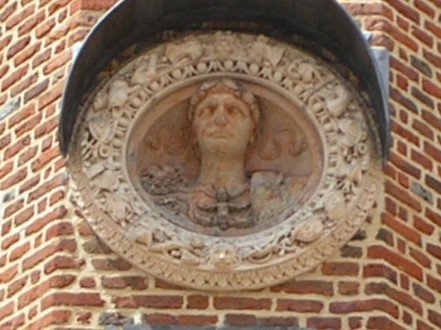Blog Categories
-
Recent blog posts
Serendipity and speculation
Effie Law | July 18, 2012
Sources that shed light on the commissioning of works of art in sixteenth-century England are tantalisingly rare. So I was excited to realise that we have evidence about the commissioning of a tomb for the third duke of Norfolk’s younger brother, Sir Edward Howard. Edward was a dashing character, a closer friend to Henry VIII than the duke ever was, a tiltyard hero who died in a spectacular but misconceived attack on a becalmed French fleet in 1513. Five years later his widow, Alice, made her will, now registered in the National Archives (PROB11/19/15). She asked her executors to spend £20 making a tomb over Sir Edward where he lay buried in Brittany.
One executor was the local clergyman at Hingham in Norfolk where she lived out her widowhood, John Adcocke. But the others raise interesting questions about the kind of tomb that might have been commissioned. One was Sir Thomas Lovell, treasurer of the king’s household and chancellor of the exchequer, one of the group of Henry VII’s ‘new men’ about whom I am trying to finish a book. He was a great builder and a patron of Pietro Torrigiani, the best of the Italian artists working at Henry VIII’s court. The other was Thomas Larke, Cardinal Wolsey’s confessor, much involved in organising both the cardinal’s building works and under him the king’s. Wolsey was an even greater employer of Italian talent than Lovell, at Hampton Court, in his own great tomb project and elsewhere. The overseer of the will, meanwhile, was Alice’s son by her first marriage, Henry Parker, Lord Morley, who would develop into one of the early Tudor court’s leading translators of classical and humanist works from Latin and Italian into English.
We have no idea whether the tomb was ever built or what it looked like if it was. But social connections of the sort shown up by the will must have been the primary means by which contacts with artists and ideas about art spread through the English elite. We know even less about the commissioning of the third duke’s tomb than we do about his brother’s, but by thinking about the cultural activities of those around him we can start to speculate on how his tomb ended up looking as it did.









